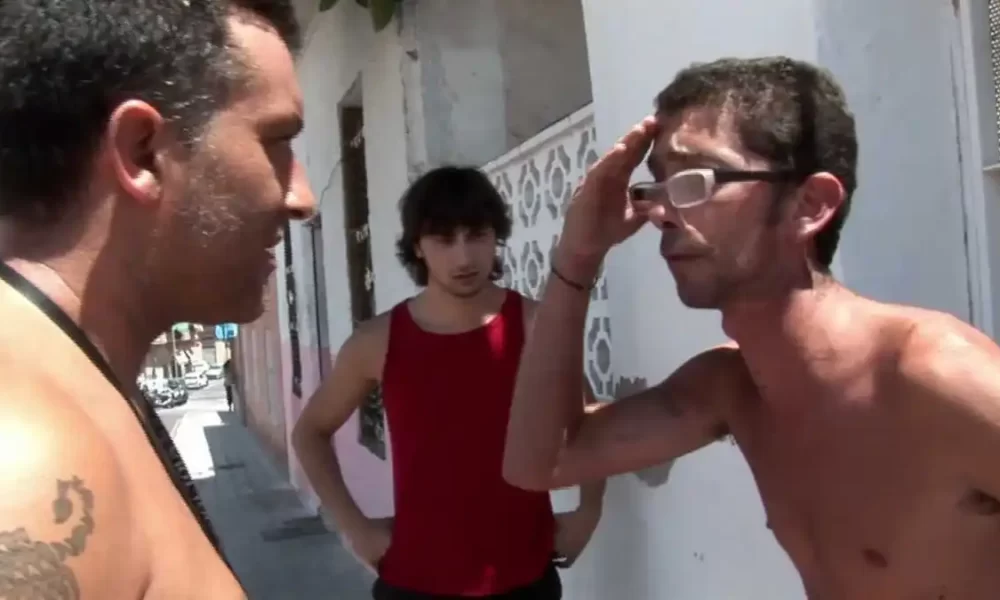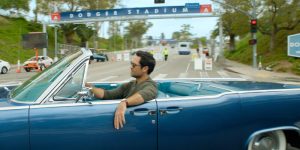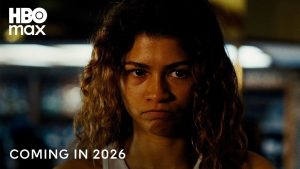
He cine fivea form of social cinema that developed in Spain during the transition period, emerged as a response to the lack of opportunities and institutional abandonment of young people from working-class neighborhoods in the 1970s and 1980s. This genre is distinguished by its raw and realistic portrait of street life, juvenile delinquency and drug addiction.
Precedents
Quinqui cinema has its roots in feature films such as stray dogs (1977) José Antonio de la Loma, Hurry, hurry (1981) Carlos Saura y I, 'The Heifer' (1985) again directed by José Antonio de la Loma.
These films, which offer a brutal portrait of street life, set the tone for the development of the genre.
Quinqui cinema in the 21st century
The quinqui cinema of the 21st century has undergone an evolution since its origin. While the first quinquis films focused primarily on the problems of juvenile delinquency and drug addiction, more recent quinquis films have incorporated new dimensions to these themes, addressing issues such as lack of opportunity, classism and institutional helplessness.
Despite the changes, quinqui cinema continues to be a powerful tool to tell the stories of those young people who live in marginality and social exclusion. Some of the most notable quinquis movies are:
7 Virgins (2005)
Directed by Alberto Rodrigueztells the story of a young resident in a juvenile center who has a couple of days' leave to attend his brother's wedding. The film is an incisive chronicle of the urban marginality in which many young people live in Spain.
Flying I Go (2006)
A film directed by Miguel Albaladejo based on the true story of Juan Carlos Delgado, “El Pera”a famous juvenile delinquent turned rally driver.
The Impossible Language (2010)
Directed by Rodrigo Roderoexplores the complicated life of a group of young people in Madrid in the 80s and the influence of heroin on the youth culture of the time.
Raising rats (2016)
It's a movie Carlos Salado which tells the life of a young man from the neighborhood and his transformation into a criminal. With a documentary style, the film offers a raw and uncensored look at the reality of the street.
Tattoos (2017)
The quinqui cinema also adapted to the series format that has had so much popularity in this first quarter of the century. Alfredo Thomas He directs 9 episodes in which the genre is given a twist by focusing on tattoo culture within the Quinqui subculture. It shows how tattoo art has become a form of expression for these young people.
To the sky (2020)
Directed by Daniel Calparsorothis film tells the story of Ángel, a neighborhood boy who enters the world of crime and becomes one of the most wanted thieves in Spain. It is a quinqui thriller that reflects the aspirations and despairs of neighborhood youth.
Source: https://cinecritico.net/visiones/cine-quinqui-del-siglo-xxi-la-lucha-callejera-sigue/


